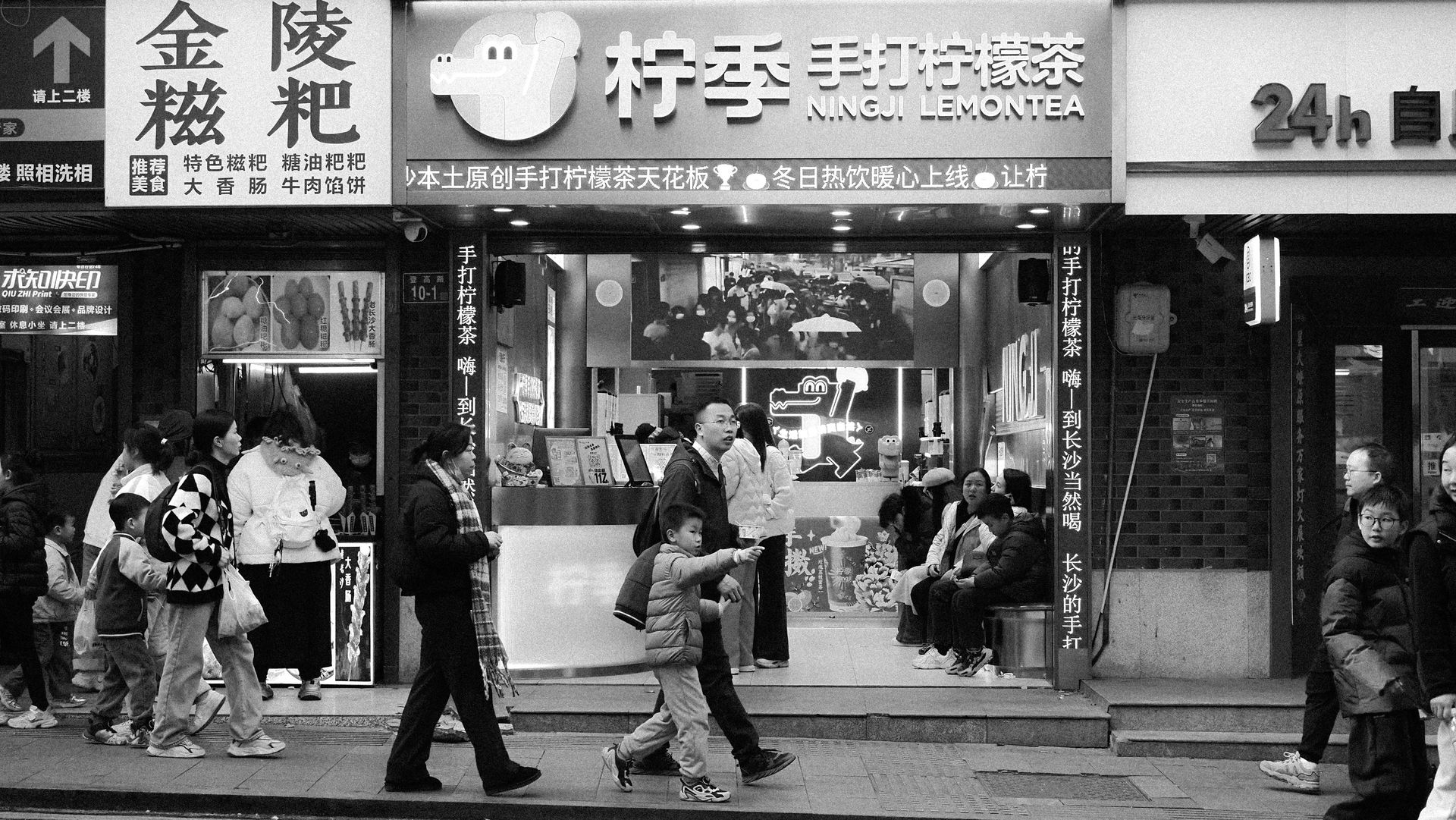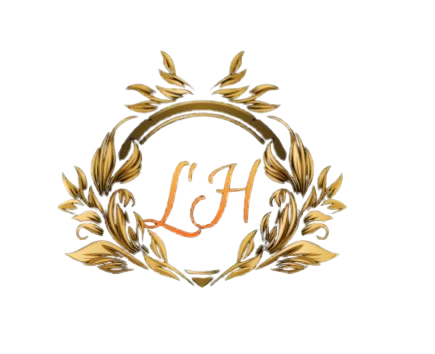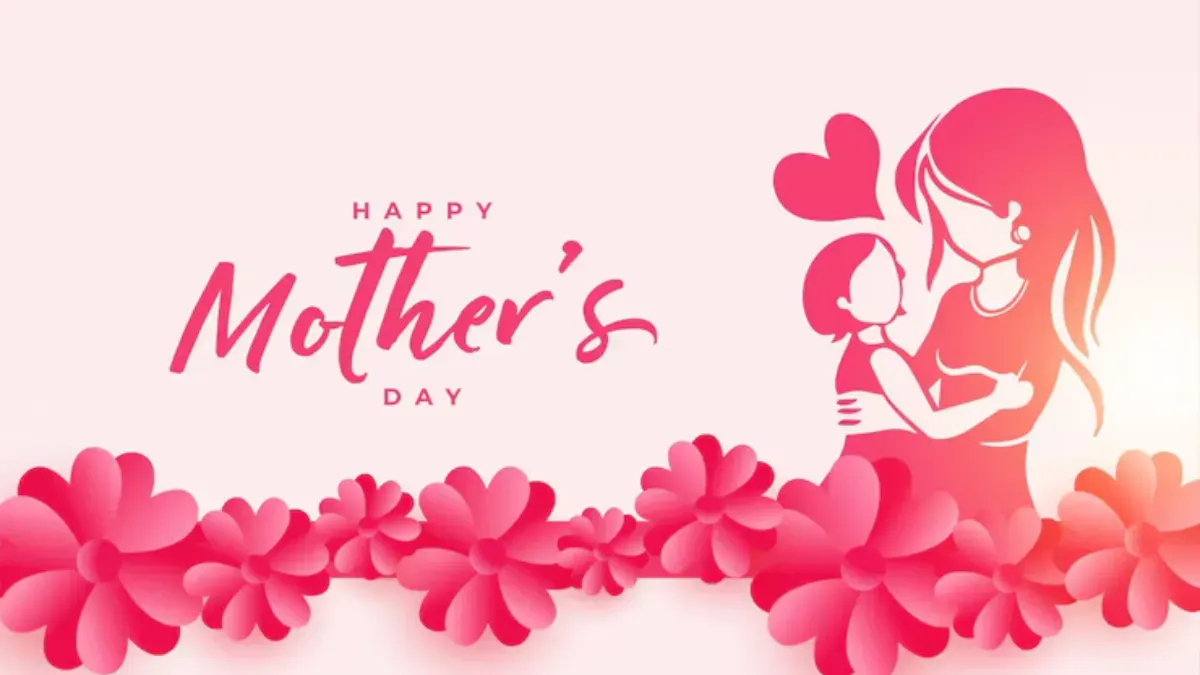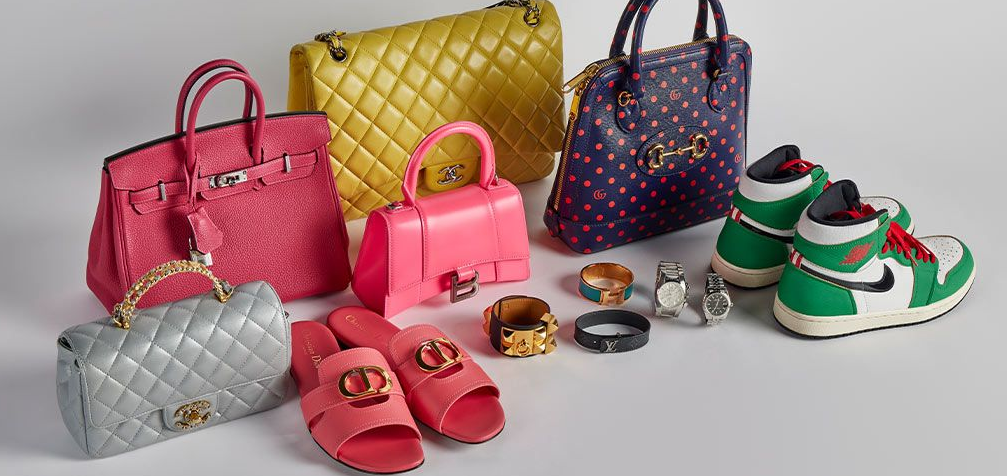Consumer Whiplash in China: The Challenge Facing Luxury Brands
Navigating Consumer Whiplash in China: The New Reality for Luxury Brands

The Chinese luxury market, long hailed as a key driver of global growth, is navigating turbulent waters as consumer sentiment fluctuates amidst economic challenges. For decades, China's middle and upper-class shoppers have fueled the high-end goods sector, but in 2024, the industry faces significant headwinds that threaten its trajectory.
Economic Pressures Impact Spending Habits
China’s post-pandemic recovery has been uneven, with growth rates slowing and consumers tightening their wallets. Inflation, property market instability, and geopolitical concerns have eroded consumer confidence. Lower-tier consumers, who previously contributed to a growing demand for affordable luxury, have notably scaled back spending. Meanwhile, high-tier consumers, who are less affected by economic downturns, have increased their purchases by a modest 3%.
Luxury giants such as Louis Vuitton, Chanel, and Hermès are now contending with a market where the pool of aspirational buyers is shrinking, forcing them to rethink their strategies.
High-End Experiences Take Center Stage
Interestingly, while demand for physical luxury goods has slowed, spending on luxury experiences has shown resilience. Travel, fine dining, and exclusive cultural experiences are becoming preferred avenues for high-net-worth individuals. Chinese consumers increasingly seek to invest in memories rather than material possessions, driving a shift in how luxury brands approach their clientele.
This pivot aligns with global trends, but the Chinese market stands out for its rapid adoption of experience-based luxury consumption. Brands that fail to cater to this growing preference risk losing market relevance.
Digital Innovation and Localized Strategies
To combat these challenges, luxury brands are leveraging digital innovation and localized strategies. Chinese e-commerce platforms such as Tmall and JD.com have become critical tools for connecting with younger, tech-savvy consumers. Brands are also tapping into local festivals and cultural moments to tailor their marketing efforts.
Furthermore, the rise of “daigou” (personal shopping agents) has created an unofficial luxury distribution network. Many brands are now looking to directly engage with these consumers through more transparent and convenient channels, such as VIP shopping events and personalized online experiences.
Government Policies and Market Outlook
The Chinese government has implemented stimulus measures aimed at boosting consumer confidence, including tax incentives and targeted financial relief. However, analysts predict that these policies may take time to impact spending patterns significantly. The first quarter of 2025 is expected to remain challenging, with a gradual recovery anticipated later in the year.
Despite these hurdles, China’s long-term potential as a luxury market powerhouse remains intact. The country continues to lead global luxury sales, accounting for nearly 20% of the market’s total revenue in 2023.
Key Takeaways for Luxury Brands
For luxury brands navigating this volatile landscape, adaptability is crucial. Companies must focus on creating deeper connections with their consumers by emphasizing trust, sustainability, and unique experiences. Digital-first strategies, combined with a localized understanding of cultural nuances, will be essential for long-term success in China.
As consumer preferences evolve, the ability to anticipate and address these shifts will determine which brands thrive and which fall behind. While 2024 poses challenges, it also offers opportunities for innovation and growth in one of the world’s most critical luxury markets.



